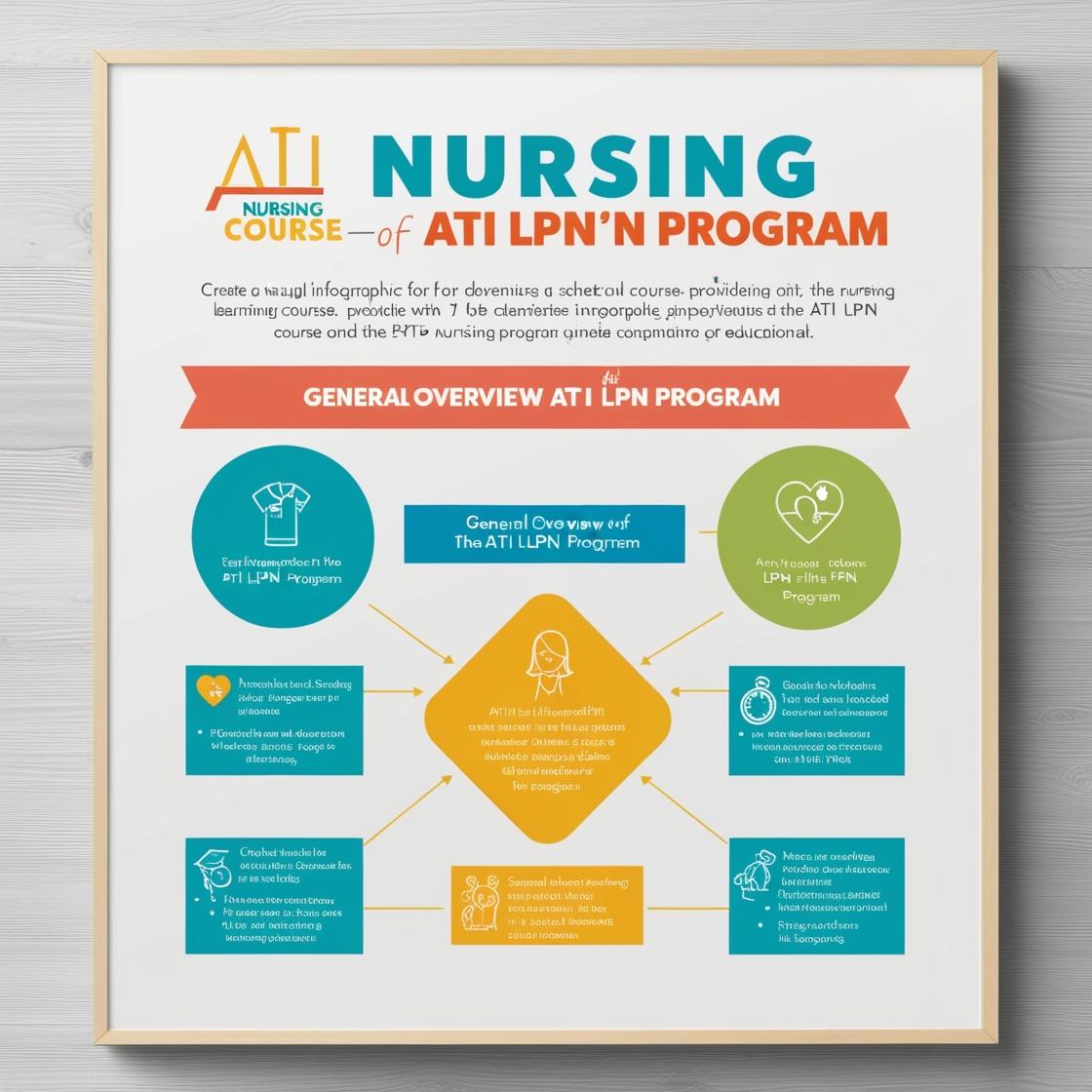LPN LPN
LPN Fundamentals of Nursing
1. A healthcare provider is planning care for a client who has a pressure ulcer. Which of the following actions should the healthcare provider take?
- A. Massage the reddened area.
- B. Apply a heating pad to the area.
- C. Elevate the head of the bed to 45 degrees.
- D. Reposition the client every 2 hours.
Correct answer: D
Rationale: Repositioning the client every 2 hours is crucial in preventing pressure ulcers from worsening. This action helps relieve pressure on specific areas, improving circulation and reducing the risk of tissue damage. Massaging the reddened area can further damage the skin, applying heat can increase the risk of skin breakdown, and elevating the head of the bed to 45 degrees may not directly address the pressure ulcer prevention. Proper positioning is essential to avoid prolonged pressure on the affected areas and promote healing.
2. When teaching a client about the proper use of a cane, which of the following instructions should be included?
- A. Hold the cane on the weaker side.
- B. Move the cane forward first.
- C. Keep the cane 12 inches away from the body.
- D. Use the cane for support only when climbing stairs.
Correct answer: B
Rationale: When using a cane, it is crucial to move the cane forward first to provide support and enhance balance. Advancing the cane before the weaker or stronger leg helps widen the base of support, thereby improving stability during ambulation. Keeping the cane too far or too close to the body can affect its supportive function. Moreover, utilizing the cane solely for stair climbing limits its overall utility in maintaining balance and stability during regular walking.
3. What action should the healthcare provider take for a patient with a chest tube?
- A. Strip the drainage tubing every 4 hours.
- B. Keep the drainage system below the level of the patient's chest.
- C. Clamp the chest tube when ambulating the patient.
- D. Ensure the water seal chamber is filled to the prescribed level.
Correct answer: D
Rationale: Ensuring the water seal chamber is filled to the prescribed level is essential for the chest tube's effective functioning. This maintains the integrity of the system, prevents air from entering the pleural space, and facilitates proper drainage. Stripping the drainage tubing, keeping the drainage system below the chest level, or clamping the chest tube during ambulation are not recommended practices and can lead to complications.
4. A client has a new diagnosis of hypertension and is being taught about dietary management. Which of the following client statements indicates an understanding of the teaching?
- A. I will increase my intake of dairy products.
- B. I will eat more fresh fruits and vegetables.
- C. I will limit my intake of whole grains.
- D. I will consume more red meat.
Correct answer: B
Rationale: The correct answer is B because increasing the intake of fresh fruits and vegetables can help manage blood pressure. These foods are rich in nutrients like potassium, fiber, and antioxidants, which are beneficial for individuals with hypertension. Dairy products are usually high in saturated fats, which can be detrimental to blood pressure control. Whole grains are generally recommended for their health benefits, including maintaining a healthy weight and heart health. Red meat is often high in saturated fats and can contribute to high blood pressure and other cardiovascular risks.
5. A healthcare professional is assessing a client who has fluid volume overload. Which of the following findings should the healthcare professional expect?
- A. Hypotension.
- B. Bradycardia.
- C. Crackles in the lungs.
- D. Flat neck veins.
Correct answer: C
Rationale: Crackles in the lungs are a classic sign of fluid volume overload. When there is an excess of fluid in the lungs, it can manifest as crackling sounds upon auscultation. This finding indicates the accumulation of fluid in the alveoli and interstitial spaces of the lungs, which is a common manifestation of fluid volume overload.
Similar Questions

Access More Features
ATI LPN Basic
$69.99/ 30 days
- 50,000 Questions with answers
- All ATI courses Coverage
- 30 days access @ $69.99
ATI LPN Premium
$149.99/ 90 days
- 50,000 Questions with answers
- All ATI courses Coverage
- 30 days access @ $149.99
